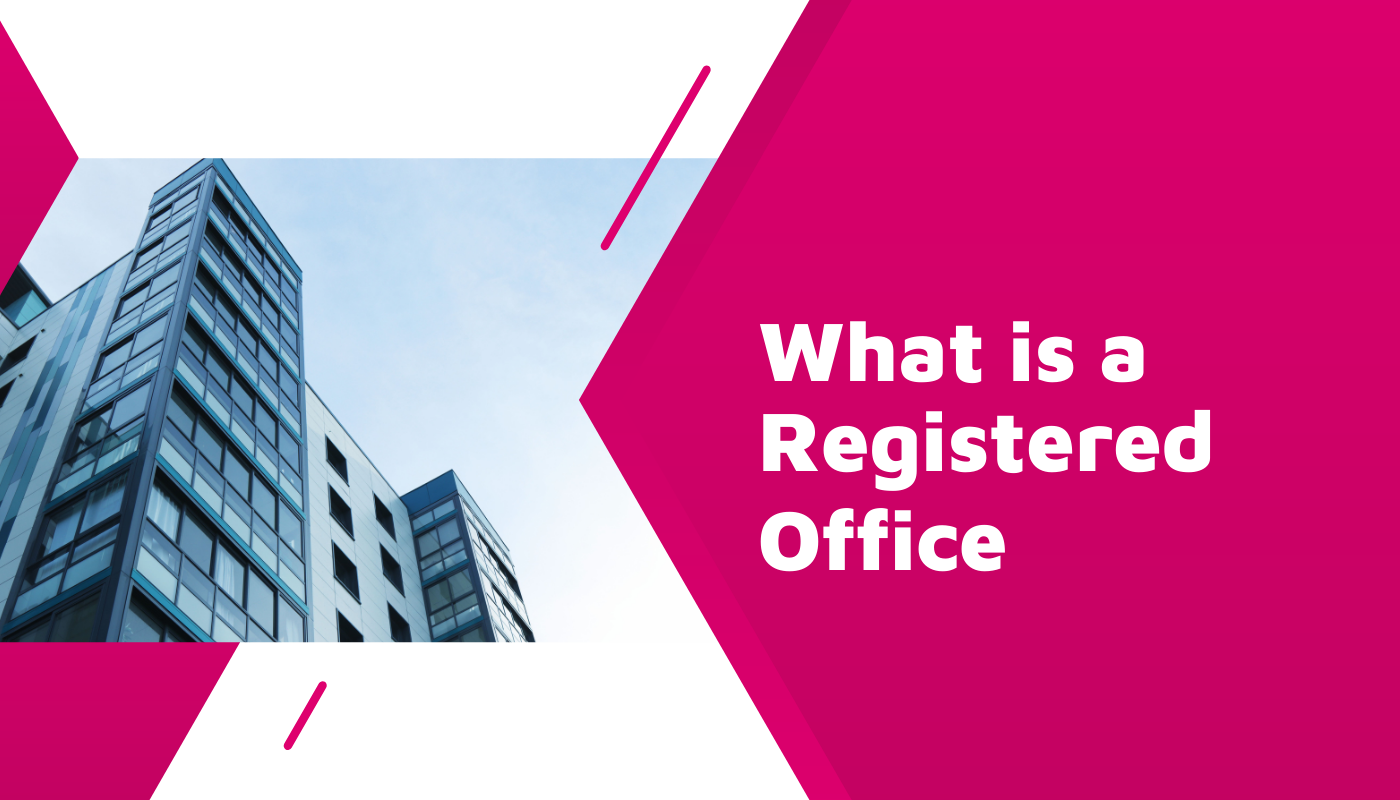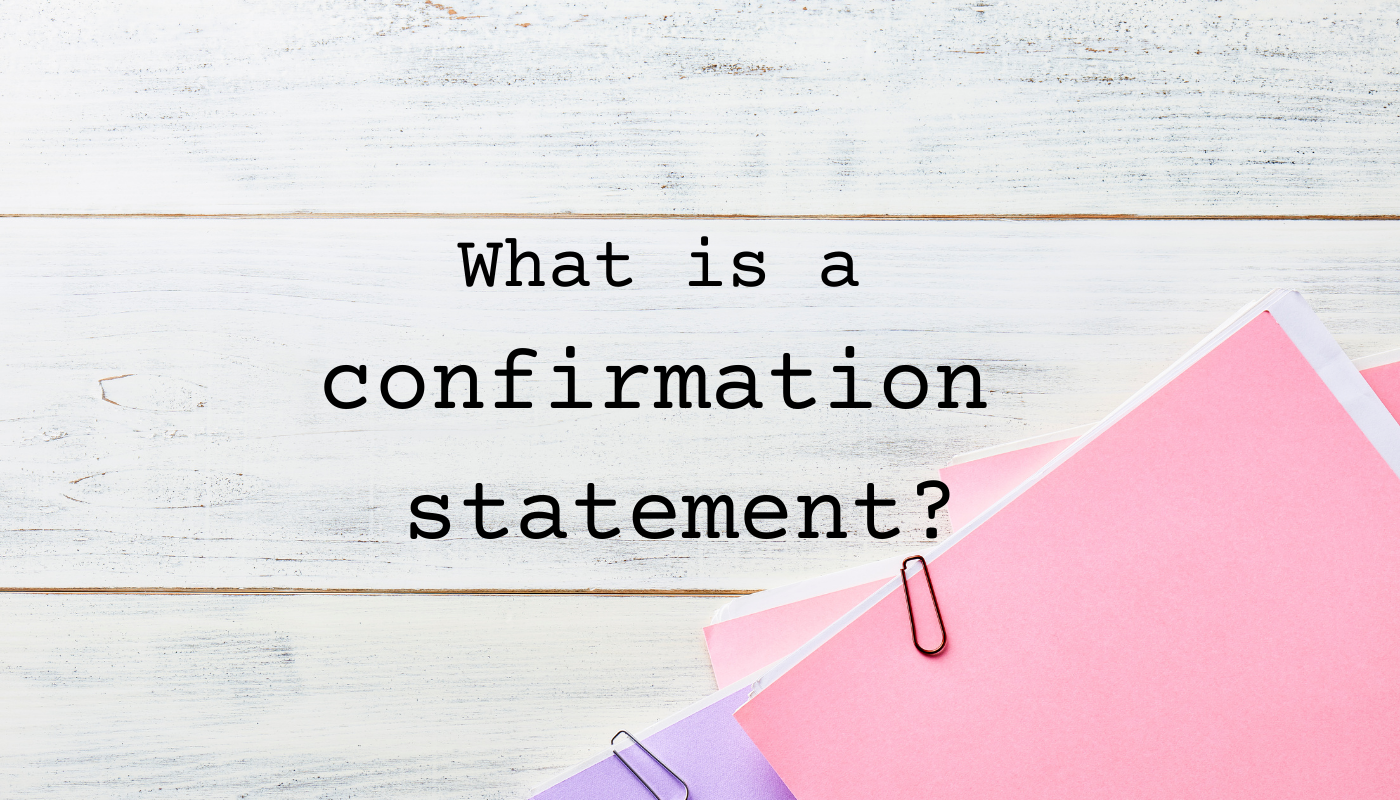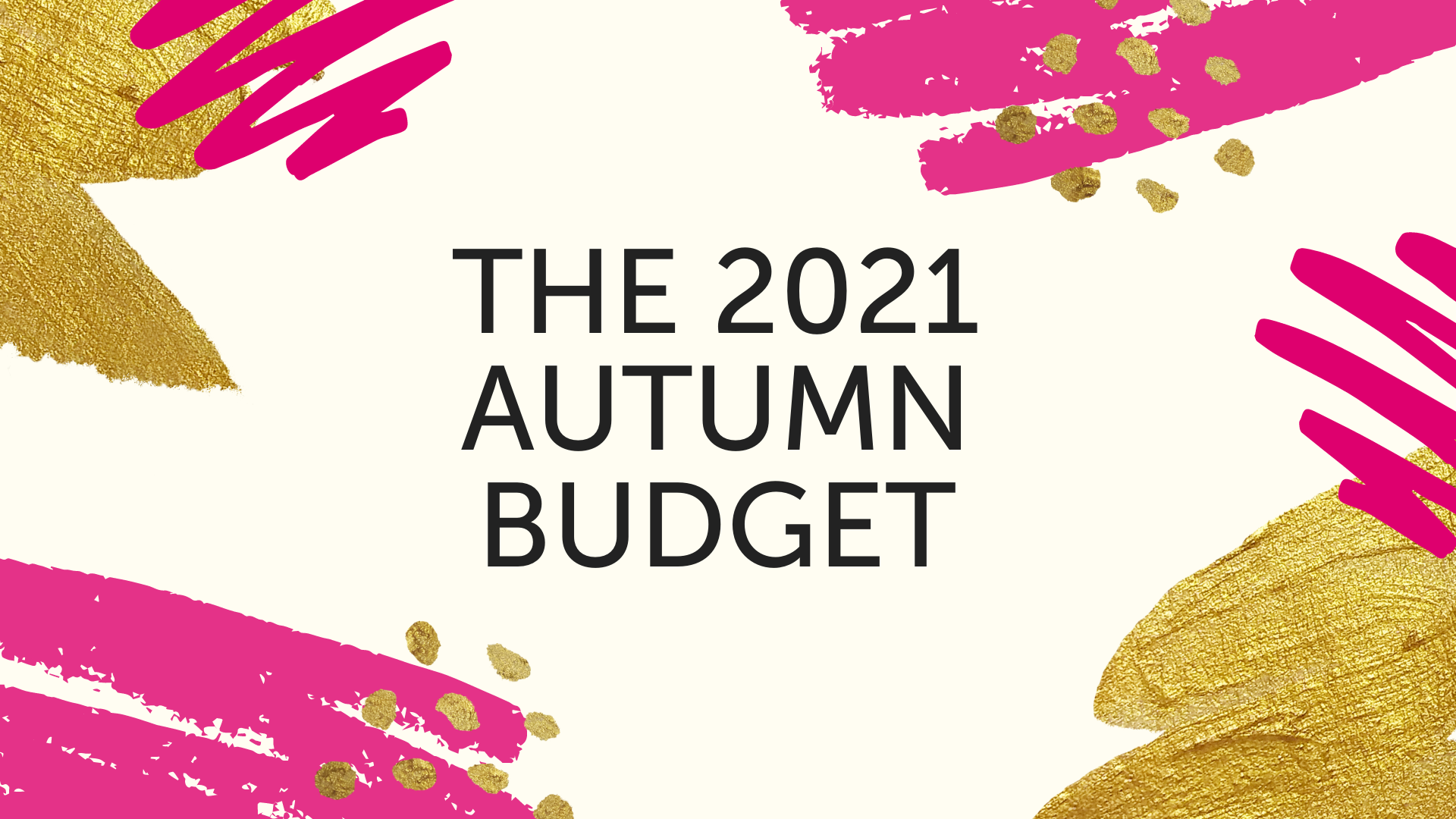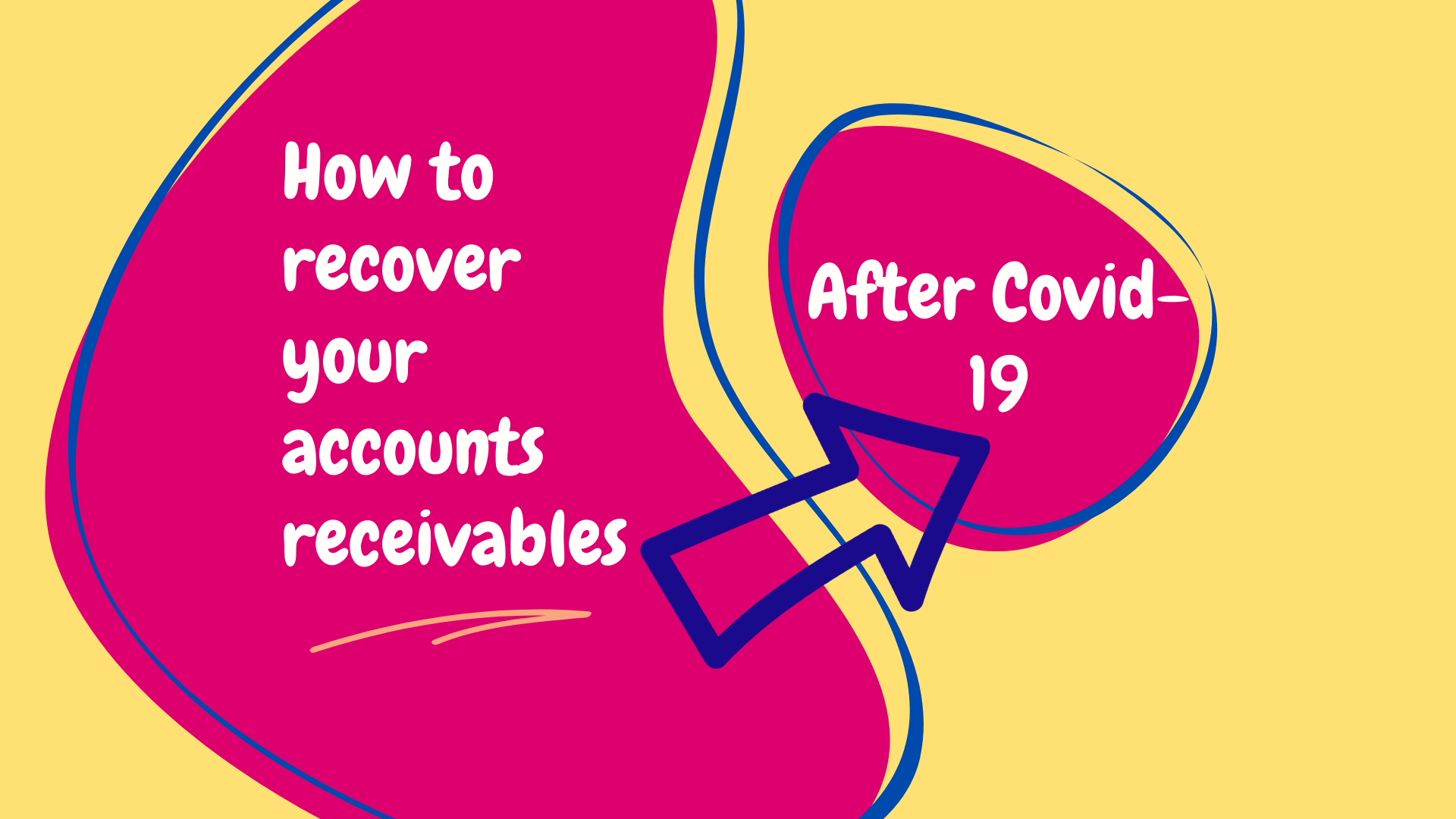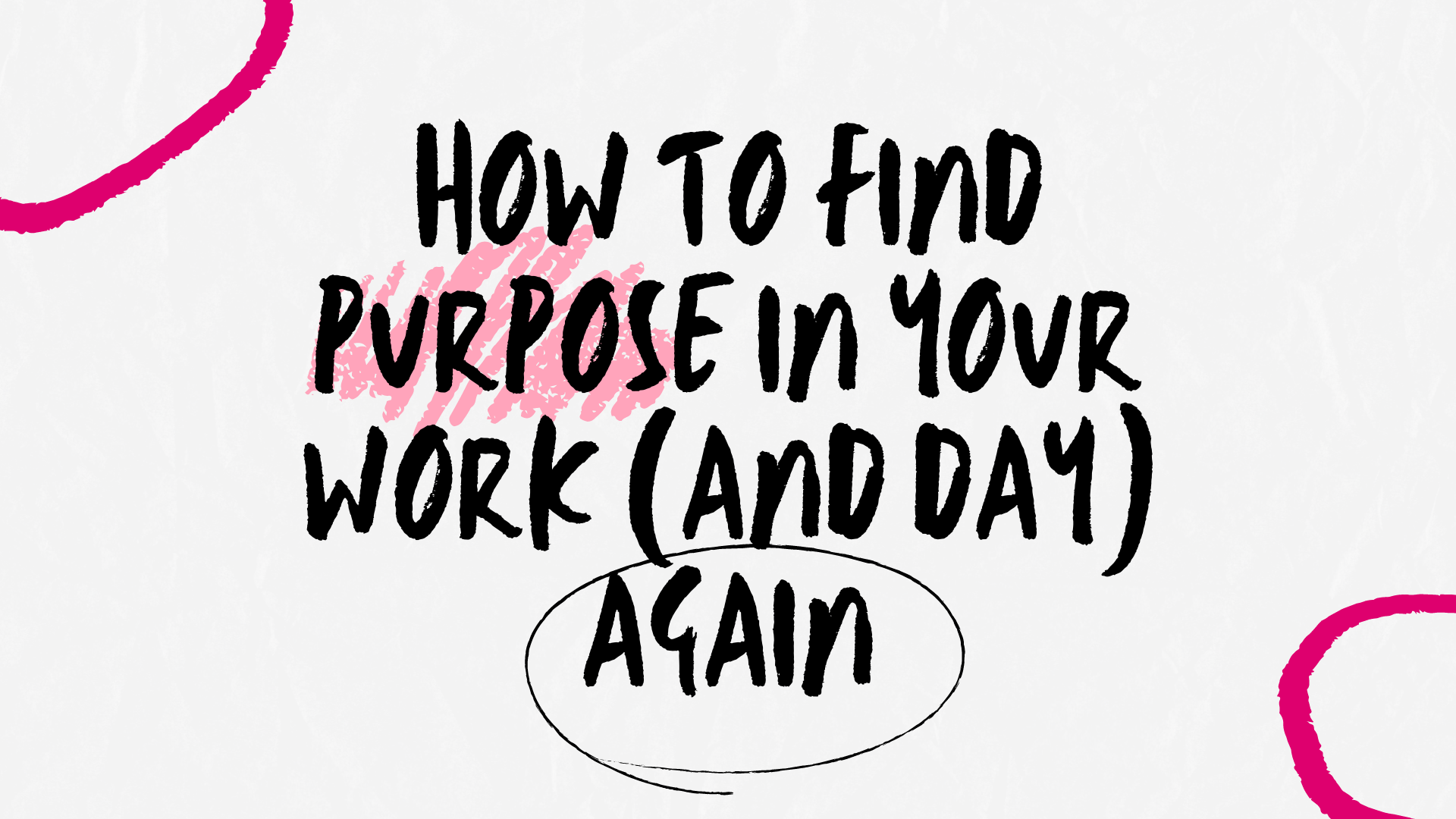Although Christmas is a magical time of year full of celebration and quality time with family and friends, it can cause stress too. Beyond just the pressure of gift buying and financial stress, the month is a lot shorter and there’s an increased pressure to meet deadlines, hit end-of-year targets, and attend additional social functions. And that’s not even mentioning the stress that comes with hosting people for the actual holidays!
According to the Health and Safety Executive, approximately 50% of all work-related illnesses in 2019/2020 were caused by stress, anxiety or depression. And that was without the stress that comes with the holiday season. Too much stress at work can lead to bigger problems for your employees – impacting productivity, morale, and wellbeing – so as an employer, you need to think about how you can support your team through this time of year.
To help combat Christmas stress (so that rather than burn out, your employees come back in January refreshed, engaged and motivated to get going), here is an essential checklist.
Your ‘combat Christmas stress’ checklist
1 . Plan Christmas-themed activities
If you have your team in one office, get everyone to decorate together. An easy group activity such as this can be very therapeutic. As well as decorating their own desks, you can also arrange festive activities such as Secret Santa, Christmas jumper day, and of course, the office Christmas party.
If you have a remote team, think about how you can bring the team together and nurture festiveness. Can you send the whole team gifts which will be opened together at the virtual Christmas party?
2. Help staff manage their workload
Time management is a big source of stress in December, so can you help your employees with this? Since the season has fewer work days but the same amount of work, help your employees plan ahead as much as possible so that their productivity isn’t affected.
Another option is to outsource or take on temporary staff over busy periods.
3. Maintain effective communication
Is everyone doing okay? Do your employees need anything from you to make this time easier on them? Make sure to increase your communication with your employees this season or at least maintain effective channels when things get busy.
One of the most important things to communicate during this period is when everyone will be taking their holiday. Help your employees communicate this to each other and also to their clients! If everyone is clear who is off and when in advance, then things won’t build up right before Christmas and your employees can properly switch off without worrying about what they are coming back to.
4. Help staff reduce their financial stress
Financial stress is one of the biggest pressures during December, so think about the ways you can help your employees with this. Can you give your employees an end-of-year bonus? Or other financial rewards such as gift cards or vouchers? Can you recommend finance planning apps for budgeting? Or get a financial expert to come in and run a workshop on “holiday budgeting” or “how to avoid overspending”?
5. Encourage healthy eating and exercise
The holiday season is full of rich, unhealthy foods and drinks, all of which can reduce mood and energy and increase stress and anxiety. If you want your employees to come back in January healthy and raring to go, help them to make wiser food choices.
You can start by offering healthier food at the company Christmas party and encourage the team to compete over the holidays – who can eat healthier and log more steps? Maybe you can all do a food or exercise challenge together?
6. Check for signs of anxiety/depression
Is anyone displaying signs of social withdrawal, anxiety, depression or grief? Keep your eyes open for the tell-tale signs and be prepared to give extra support to these people.
Christmas and New Year can be a lonely time for people, especially for those who have recently lost a loved one, so be aware that some may need alone time while others may feel isolated and will need encouragement to get involved.
Other things you can do is to maximise natural light in the office and encourage employees to take vitamin D!
7. Encourage work/life balance
Can you offer your employees flexible hours or to work from home this season? If your employees can schedule work around their personal lives, you’ll see a huge difference in productivity and wellbeing. Even if it’s a simple as allowing people to work earlier and leave earlier, so they can take care of their children or finish their Christmas shopping. A good work-life balance is essential for mental and physical wellbeing.
Pave the way for a prosperous New Year!
The more you can reduce stress in December, the more productive the New Year will be, so help your employees. Help them manage their workload, their client expectations and their work-life balance. Think about how you can help to reduce their financial stress and always keep an eye out for anyone who is struggling. If you do this, you will combat Christmas stress and you’ll have a full team who switched off during the holidays and have come back refreshed, motivated and raring to go.

